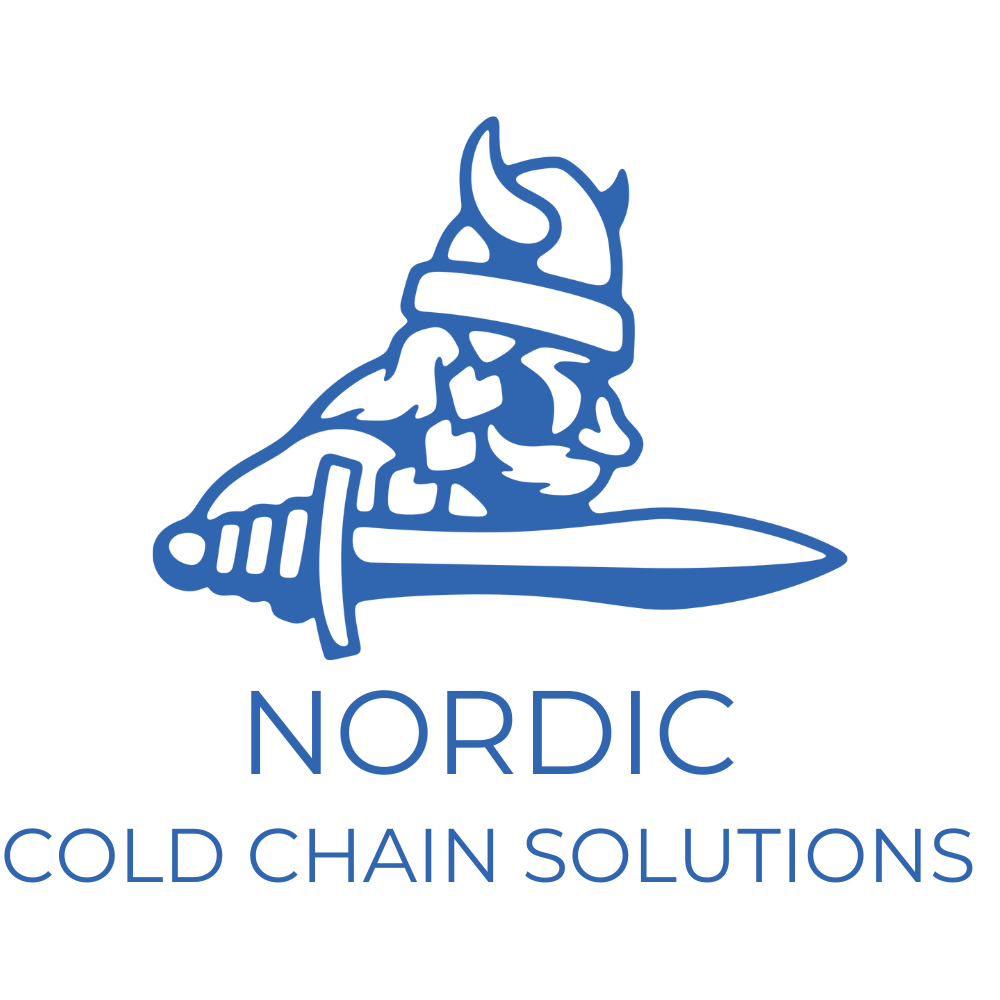In cold chain logistics, maintaining stable temperatures during transit is crucial for preserving product quality and ensuring regulatory compliance. Enter Phase Change Materials (PCMs), an innovative solution revolutionizing temperature control in the cold chain industry.
Understanding the Importance of Cold Chain Management
The cold chain is a temperature-controlled supply chain designed to preserve and transport temperature-sensitive products like frozen foods. Cold chain management ensures that frozen foods remain within the required temperature range during transportation. A break in the cold chain can lead to spoilage, contamination, and significant financial losses.
Temperature fluctuations, even briefly, can cause frozen goods to thaw and refreeze, impacting texture, taste, and safety. For logistics managers, maintaining strict temperature control throughout the supply chain is essential to preserving product quality. Cold chain management involves temperature monitoring at every stage, from storage and loading to transportation and delivery.
One way businesses can mitigate risks is by using advanced temperature-tracking technologies. These tools provide real-time updates on the temperature of the goods throughout the journey, alerting operators to any potential issues before they become critical. The goal is to maintain a seamless cold chain, ensuring that products reach their destination in optimal condition.
One way businesses can mitigate risks is by using advanced temperature-tracking technologies. These tools provide real-time updates on the temperature of the goods throughout the journey, alerting operators to any potential issues before they become critical. The goal is to maintain a seamless cold chain, ensuring that products reach their destination in optimal condition.
Choosing the Right Packaging Solutions
The choice of packaging plays a pivotal role in ensuring that frozen foods stay at the correct temperature during transit. Selecting the right packaging materials is crucial for reducing the risk of temperature fluctuations and maintaining product integrity.
Some of the most effective packaging solutions for frozen food shipments include:

- Insulated Mailers: These containers help regulate internal temperature, shielding frozen products from external heat.
- Gel Packs: Gel packs are a popular option for keeping items frozen. While dry ice maintains extremely low temperatures for extended periods, gel packs offer a more flexible option for short-term shipping.
- Cooler Boxes: These are often used to transport smaller shipments of frozen foods. Foam coolers offer superior insulation, which is essential for long-distance transport.
When considering packaging options, it is important to factor in transit time and external conditions. Nordic Cold Chain Solutions offers a range of high-quality packaging solutions designed to support the safe and efficient transport of frozen foods. With insulated containers and advanced temperature control technologies, our solutions ensure your products remain frozen and intact throughout their journey.
Best Practices for Transportation
Another critical aspect of shipping frozen foods is choosing the proper transportation methods. Not all carriers are experienced in cold chain logistics, so selecting a reliable partner specializing in frozen food shipping is essential.To ensure smooth transportation:
- Partner with Experienced Carriers: Work with carriers who are experts in cold chain logistics and understand the complexities of transporting frozen goods.
- Leverage Temperature Monitoring: Implement real-time tracking systems to monitor the temperature throughout the journey. This will allow you to react quickly if there is a risk of temperature deviation.
The combination of experienced carriers and tracking technology can help ensure that frozen foods reach their destination without compromising quality.
Compliance and Regulations
Frozen food shipments are subject to strict regulations to ensure food safety. These guidelines are in place to prevent contamination, ensure proper handling, and maintain temperature control throughout the shipment process.Some of the key regulatory frameworks governing frozen food shipping include:
- FDA Food Safety Modernization Act (FSMA): This law prevents foodborne illness in the U.S. by ensuring safe transportation practices, including temperature controls.
- Hazard Analysis Critical Control Point (HACCP): HACCP is an internationally recognized system designed to ensure food safety by addressing potential hazards during production and distribution.
- International Requirements: If you are shipping frozen foods internationally, be aware of each country’s specific import/export regulations, including labeling and storage requirements.
Ensuring compliance with these regulations protects your business from potential penalties and safeguards the quality and safety of the frozen foods you ship.
Final Thoughts on Safe Frozen Food Shipping
Shipping frozen foods safely and efficiently requires careful planning, the right packaging, and a reliable cold chain solution. By understanding the intricacies of cold chain management, choosing the correct packaging, adhering to best transportation practices, and complying with regulations, businesses can ensure that their frozen goods reach customers in pristine condition.







